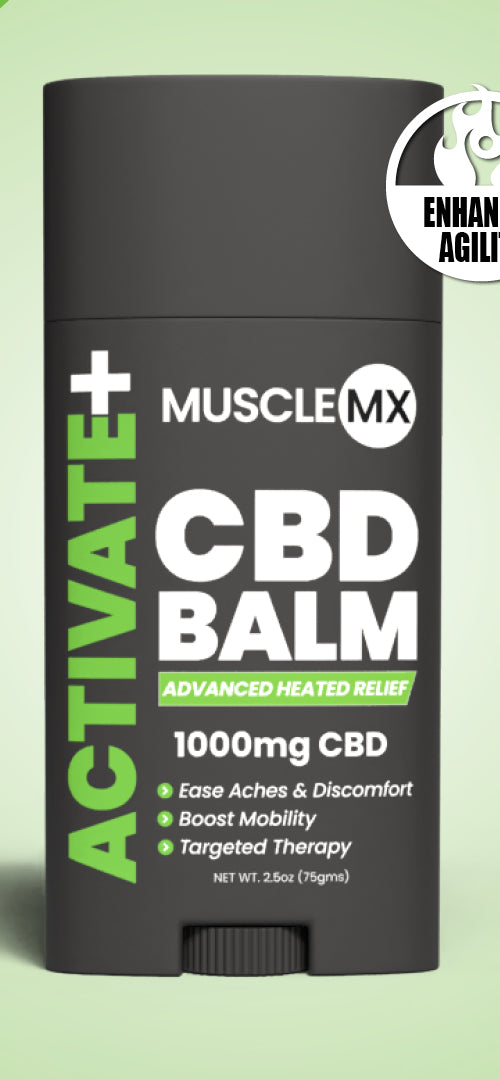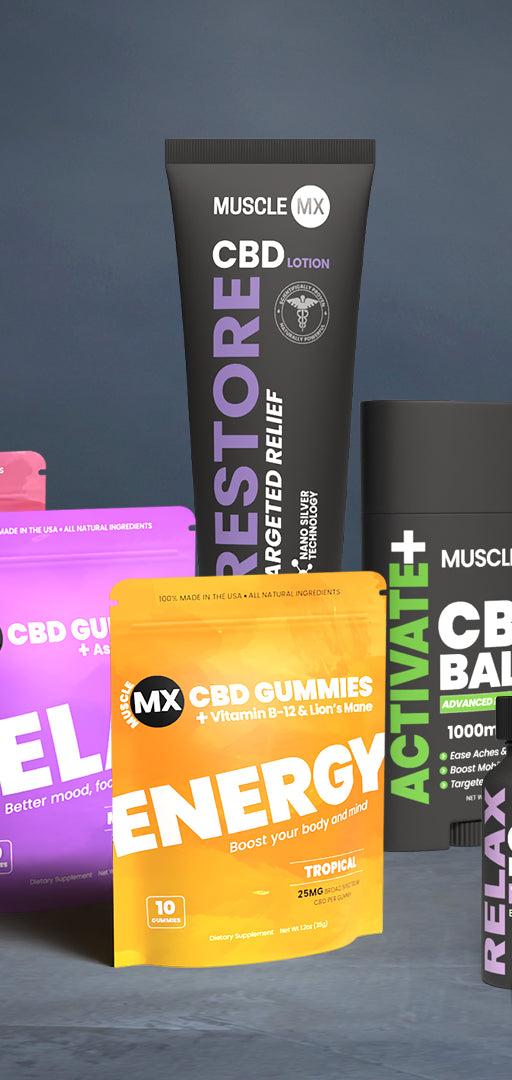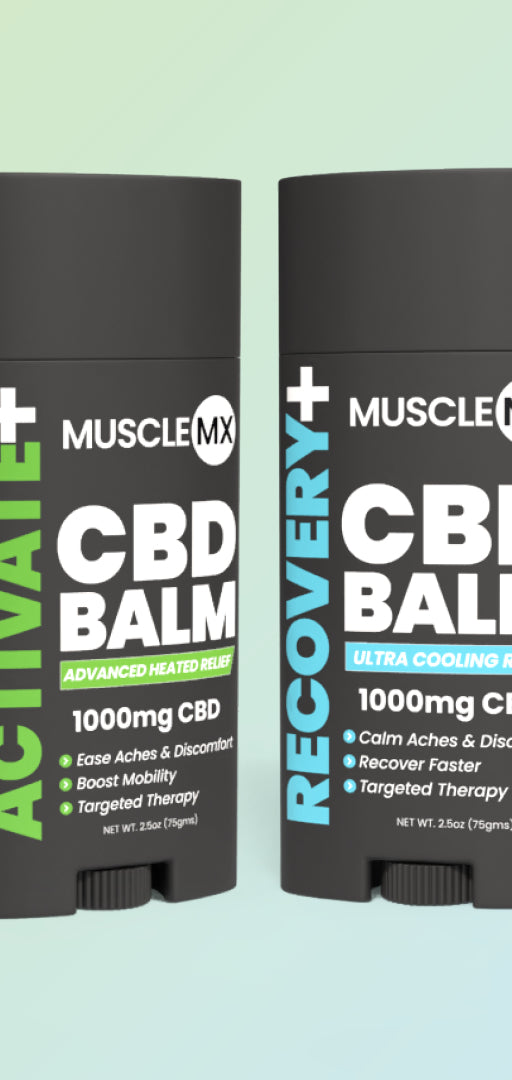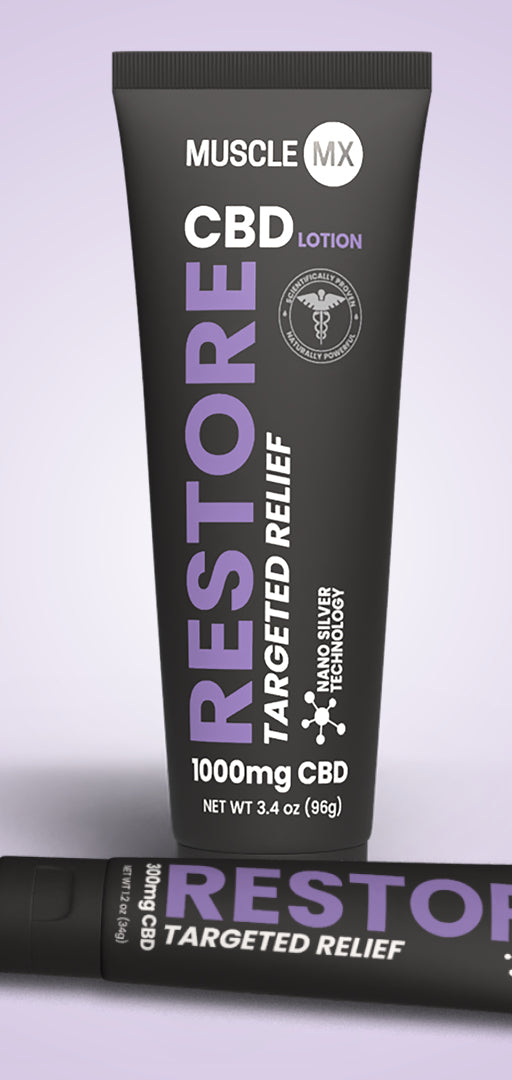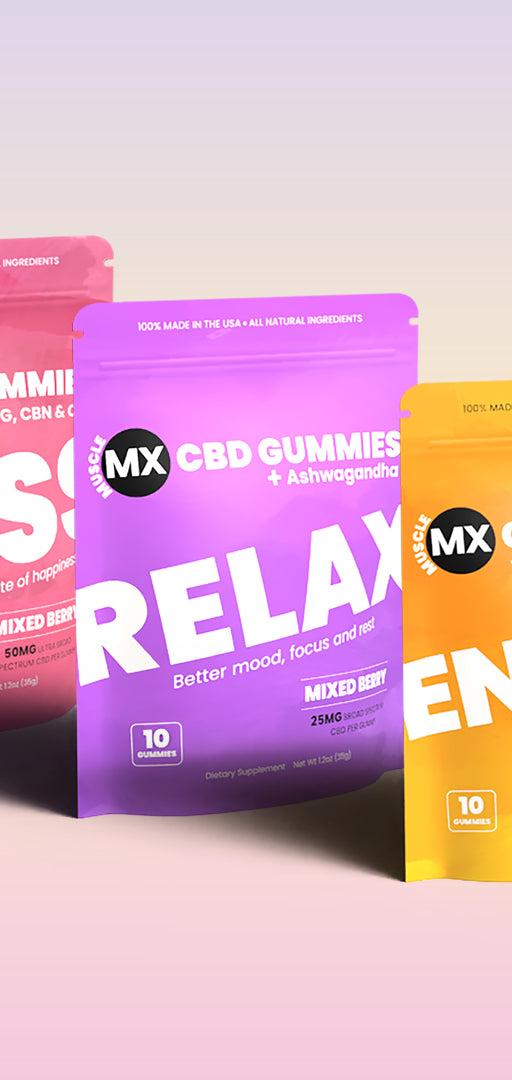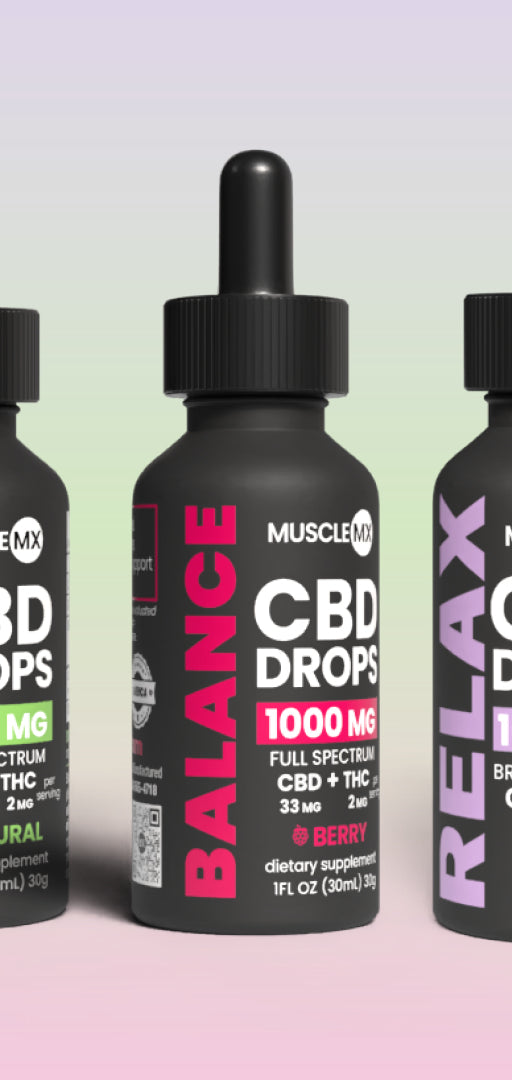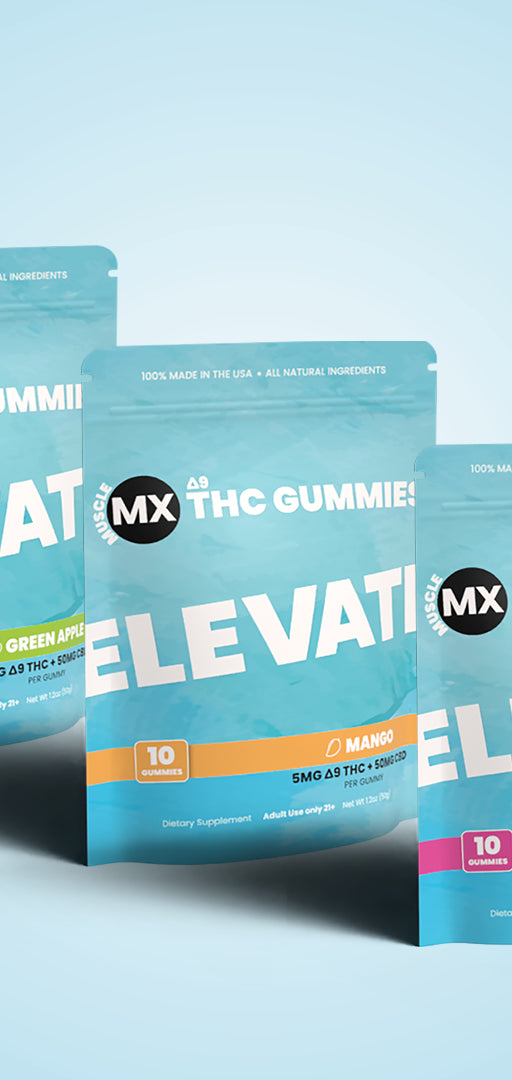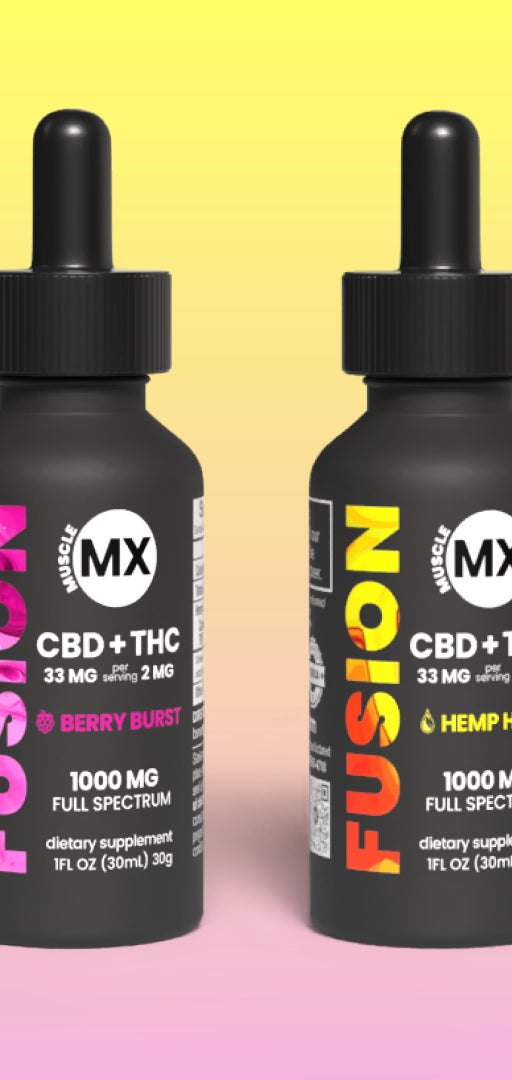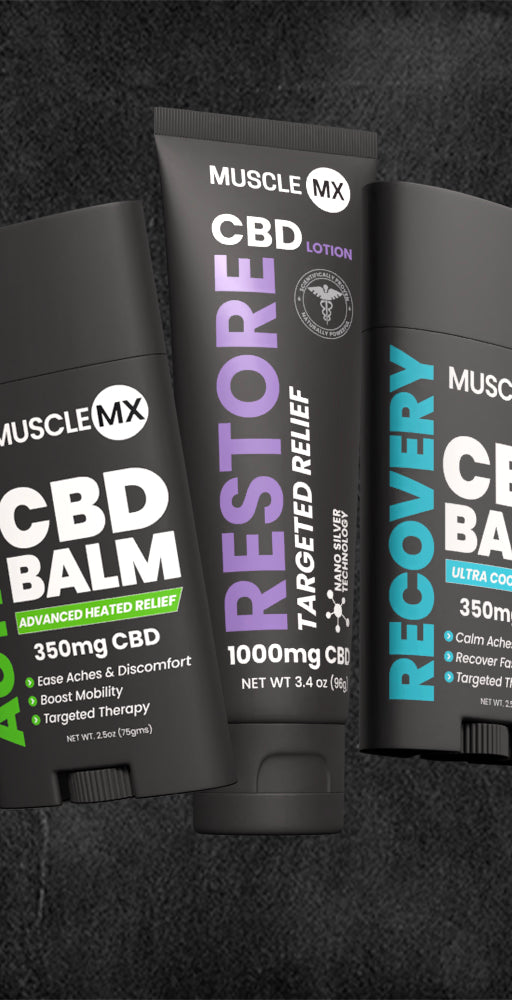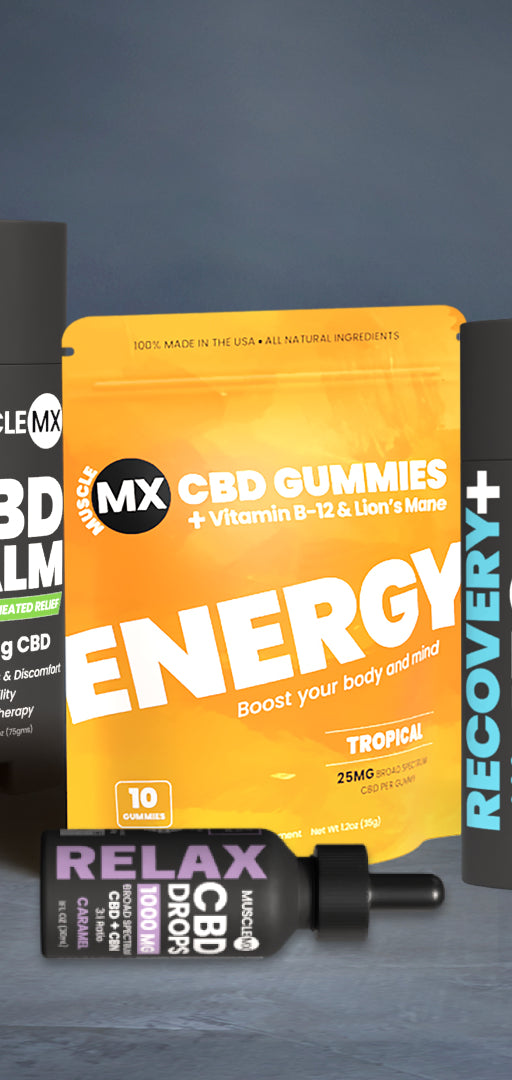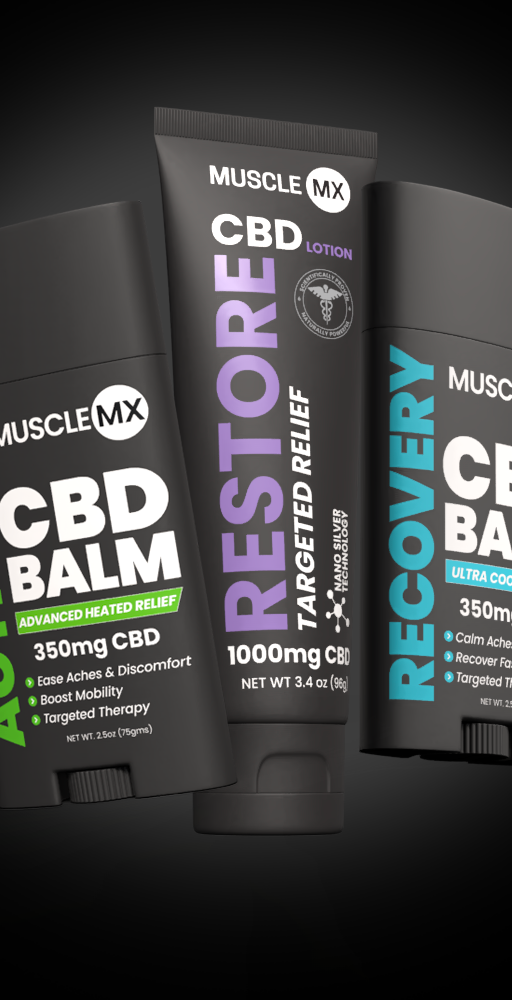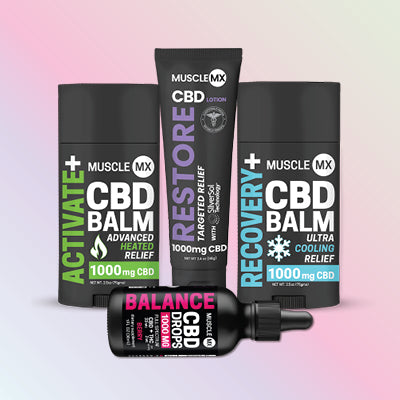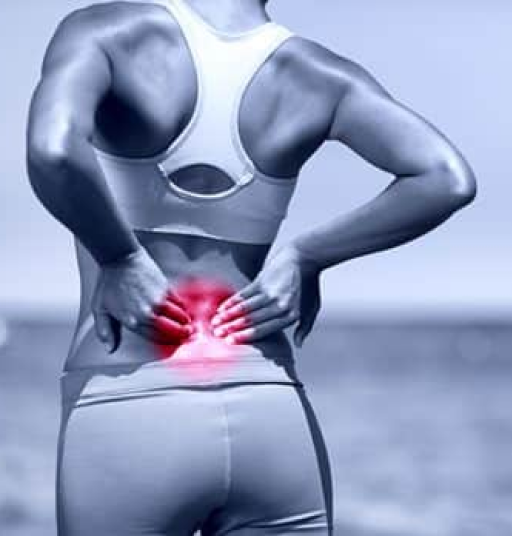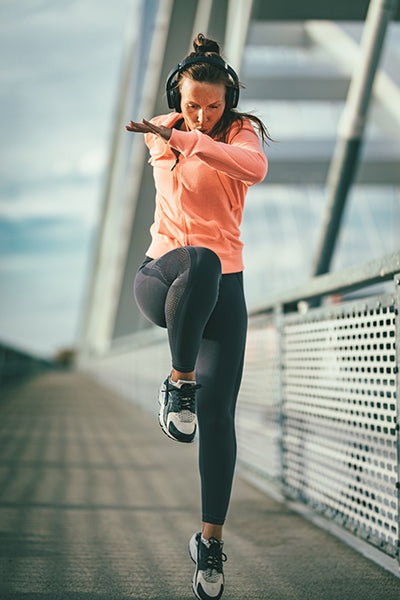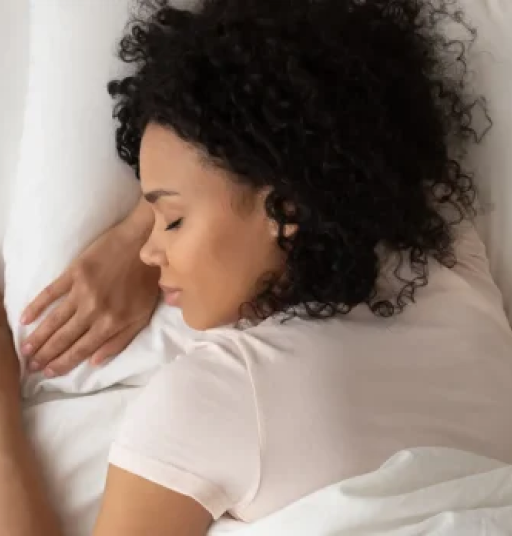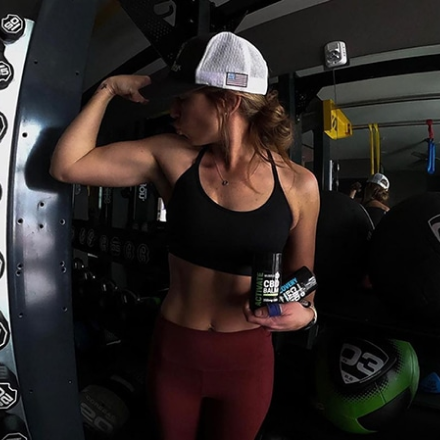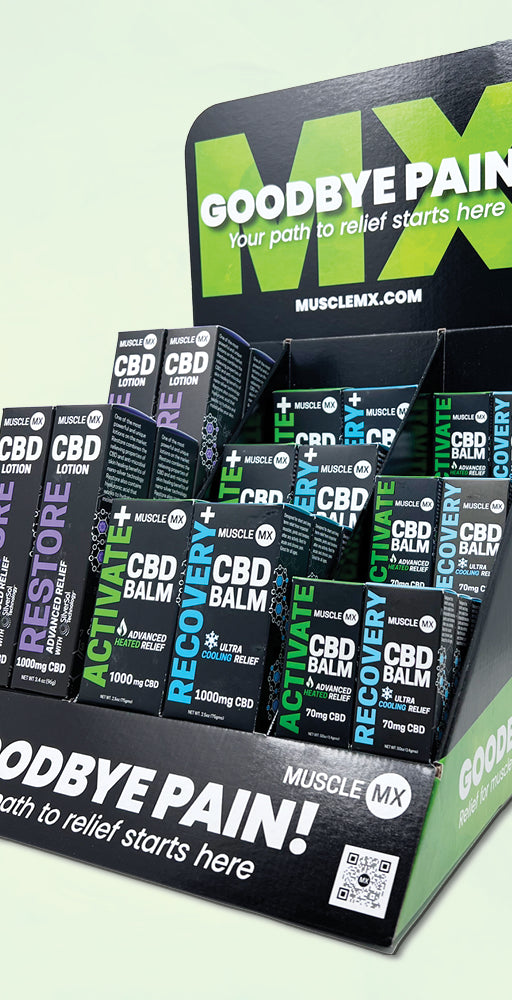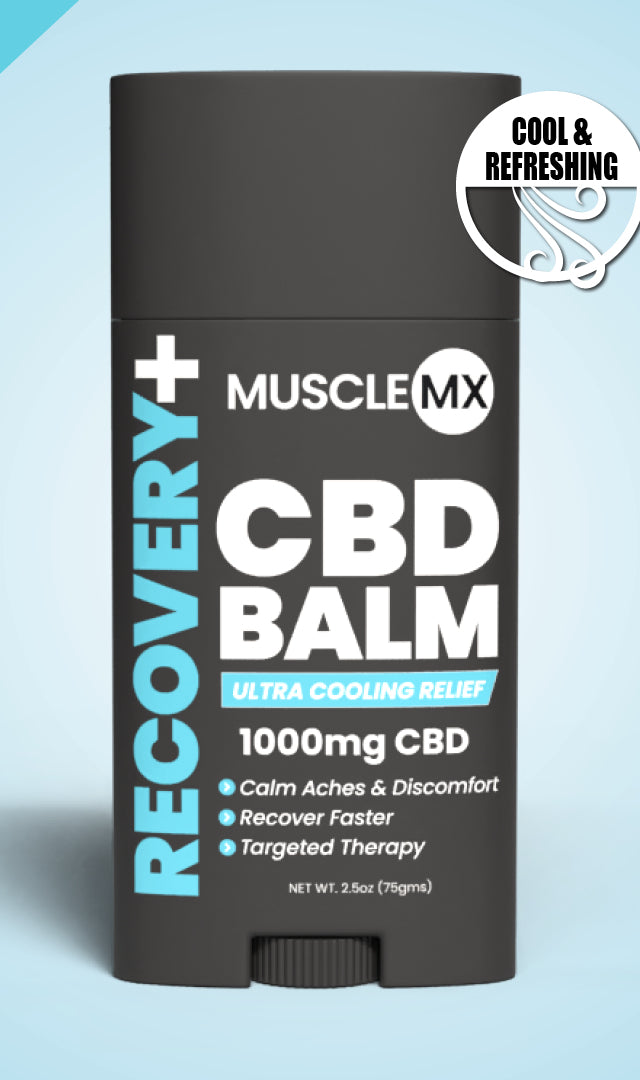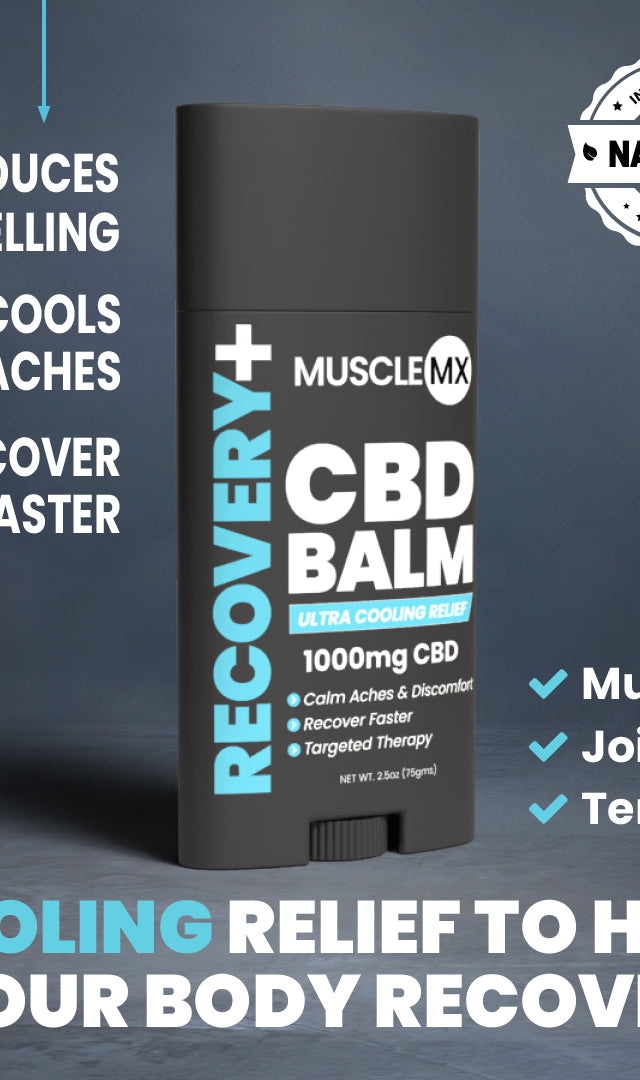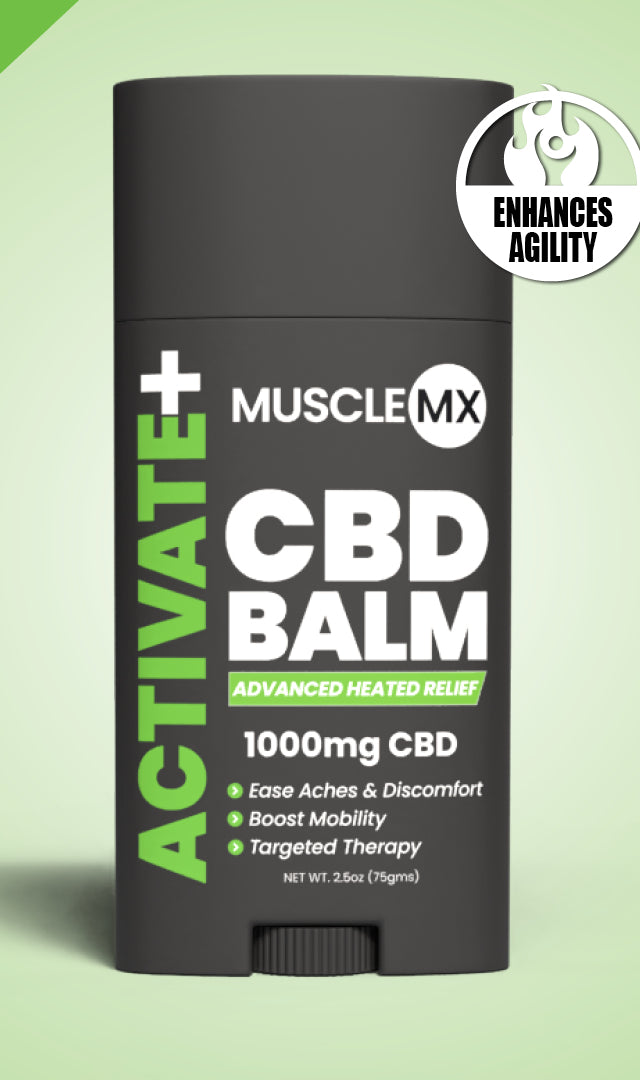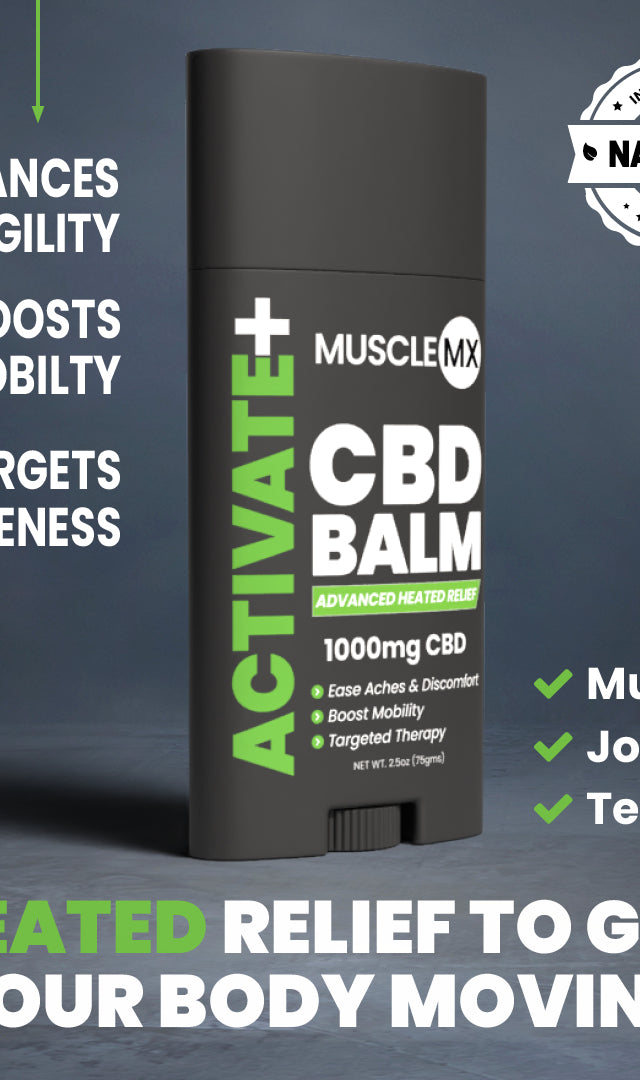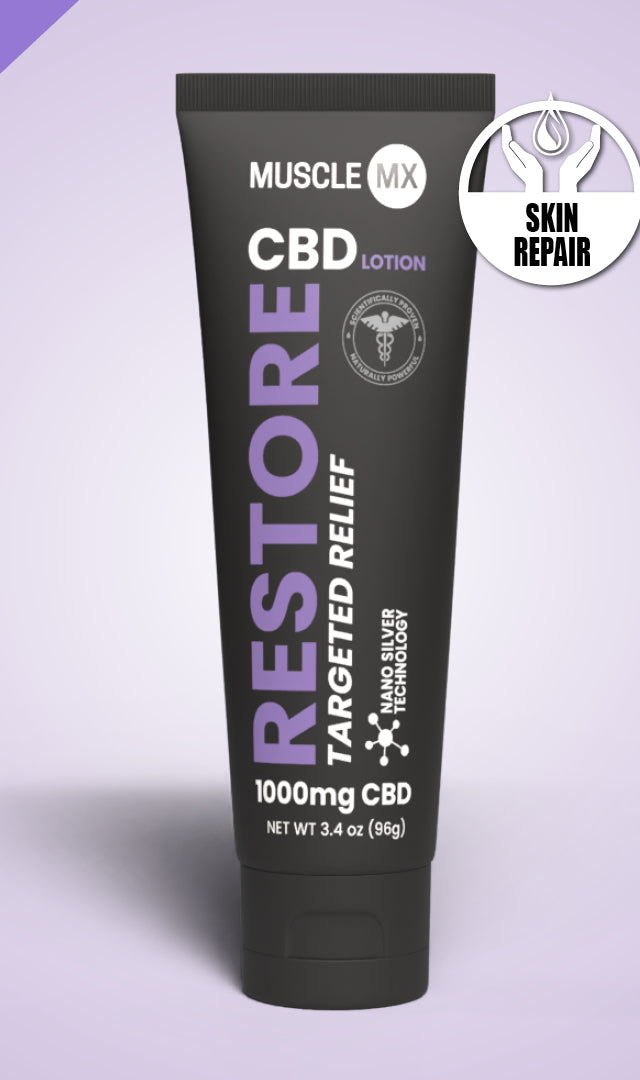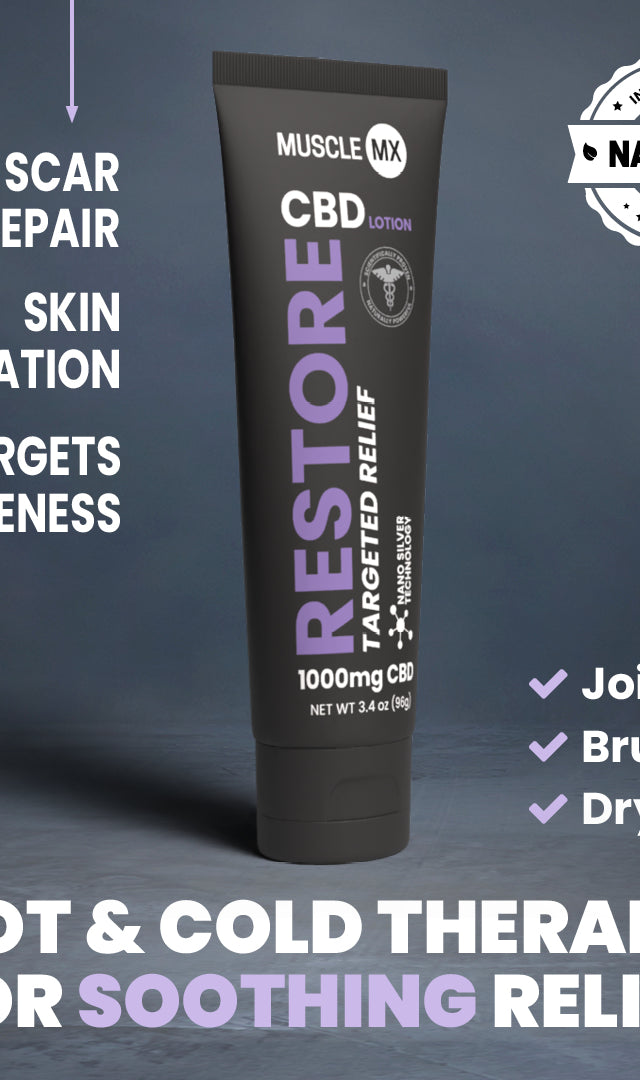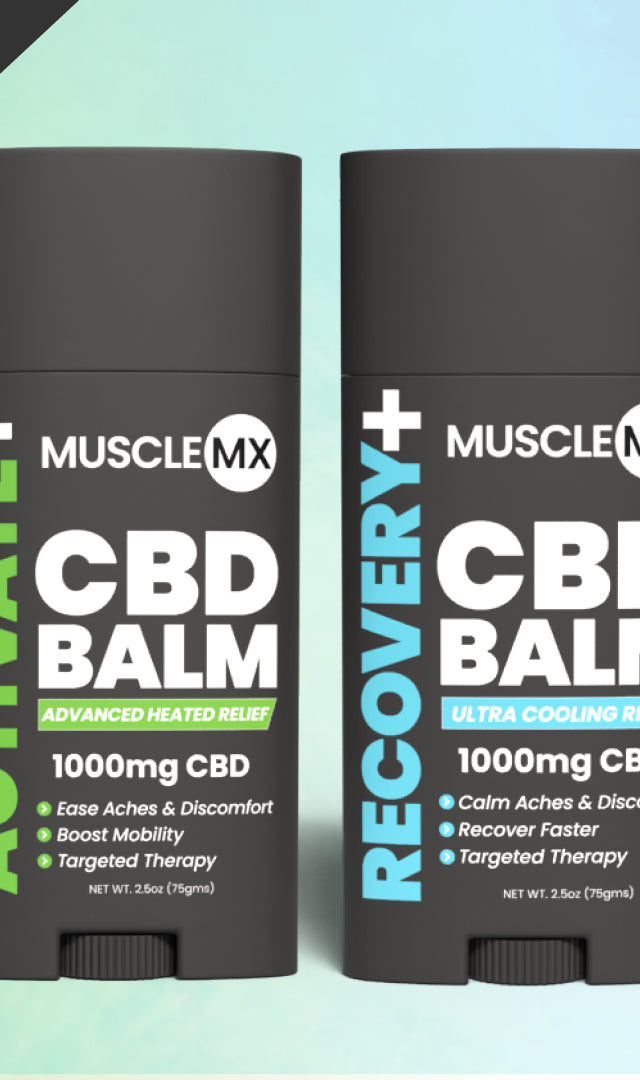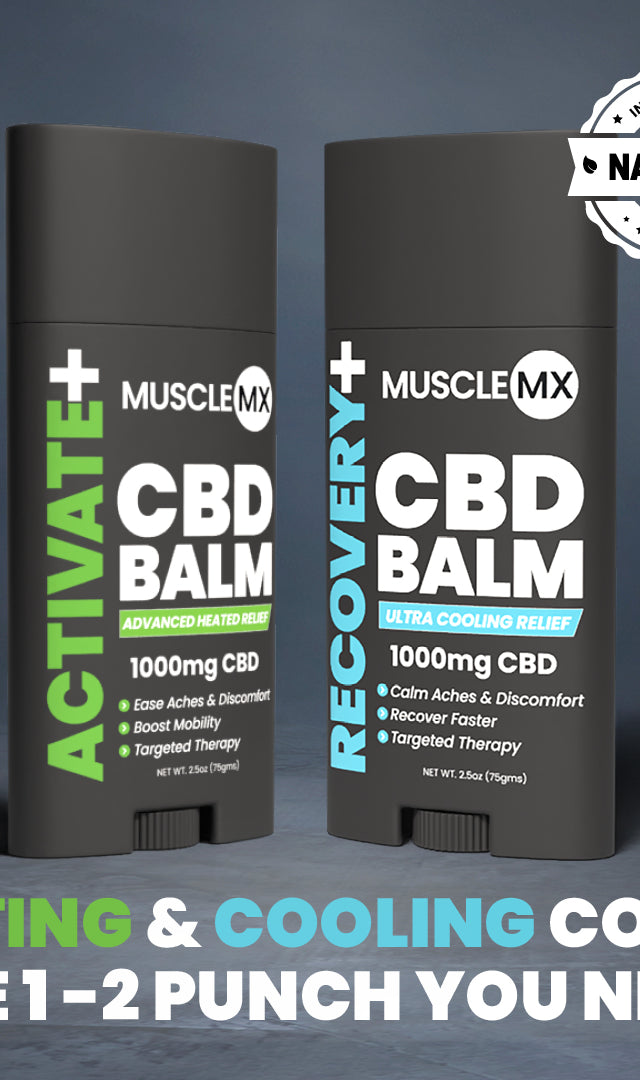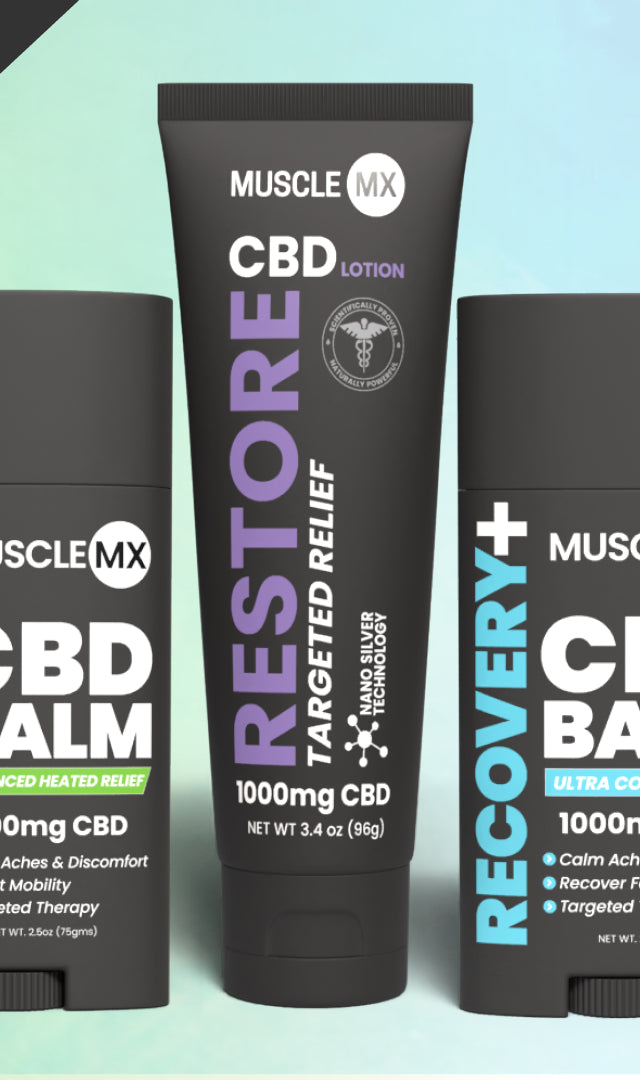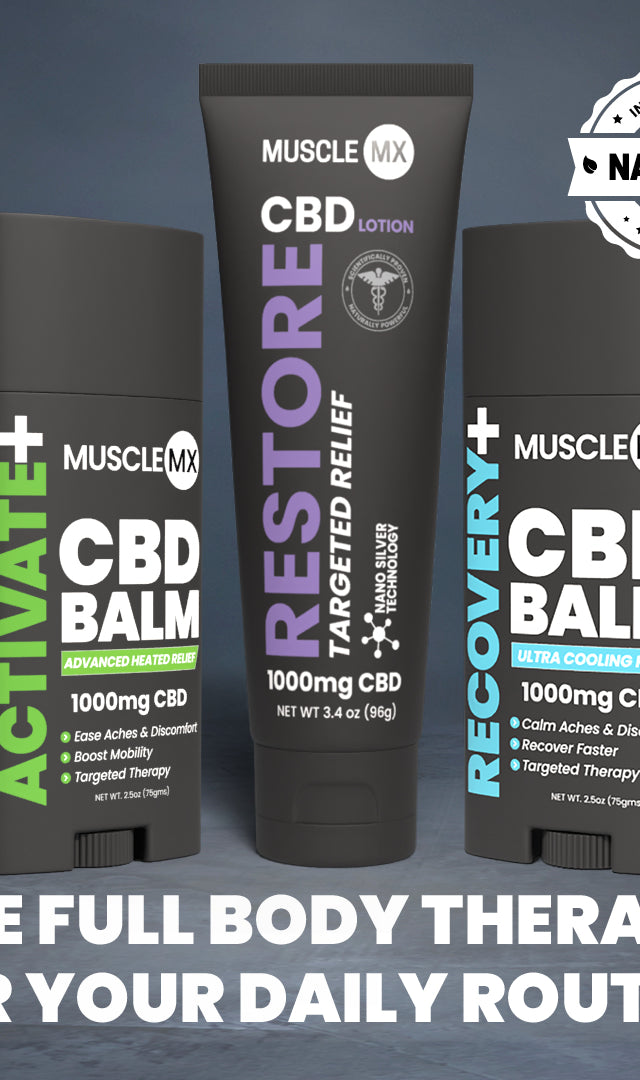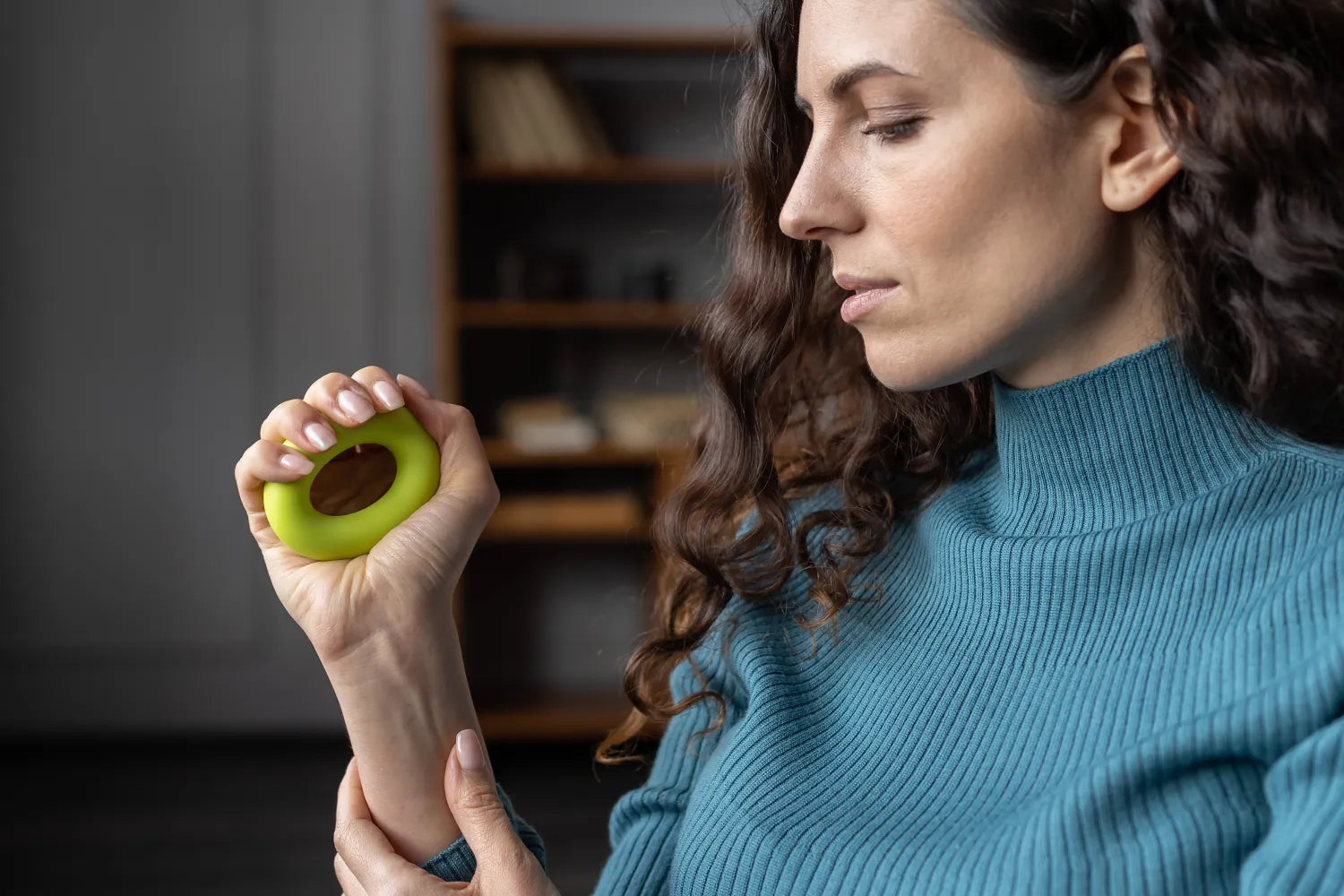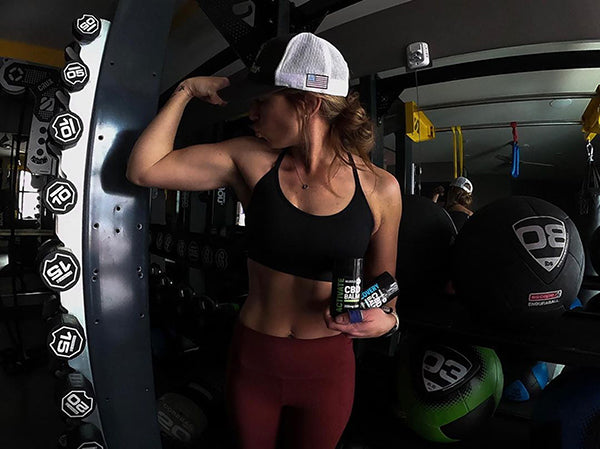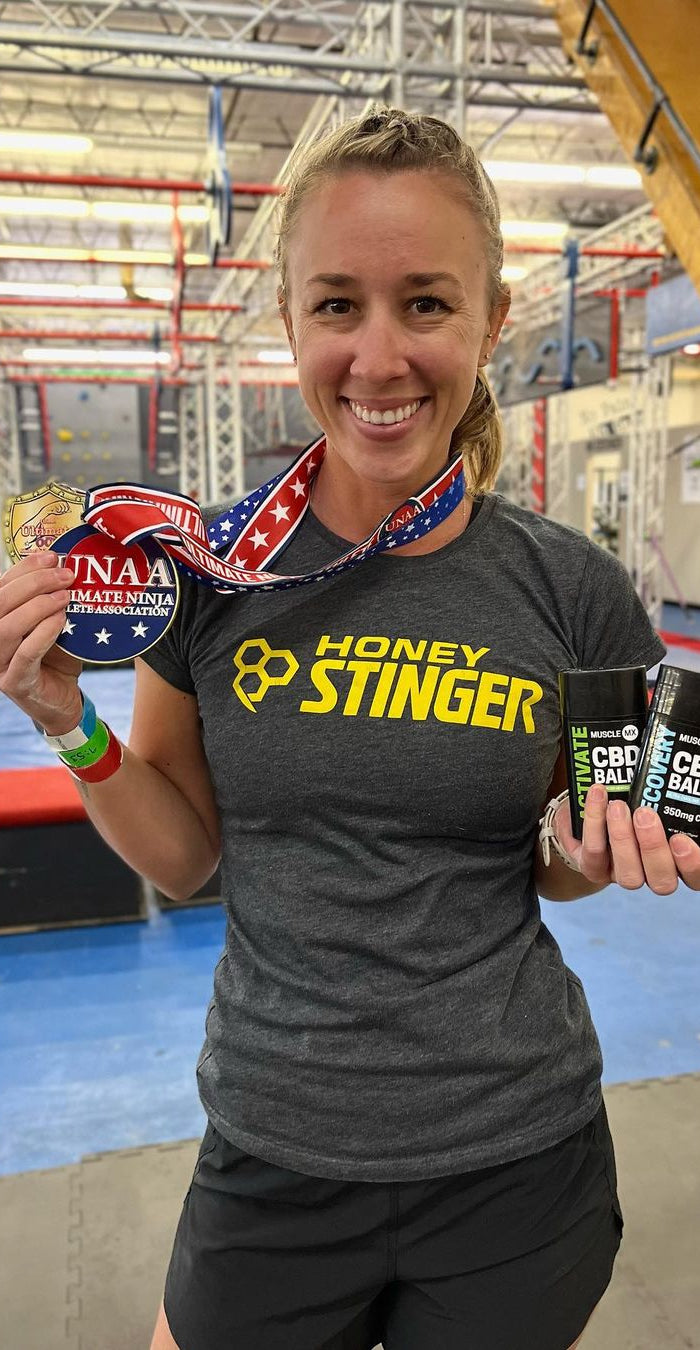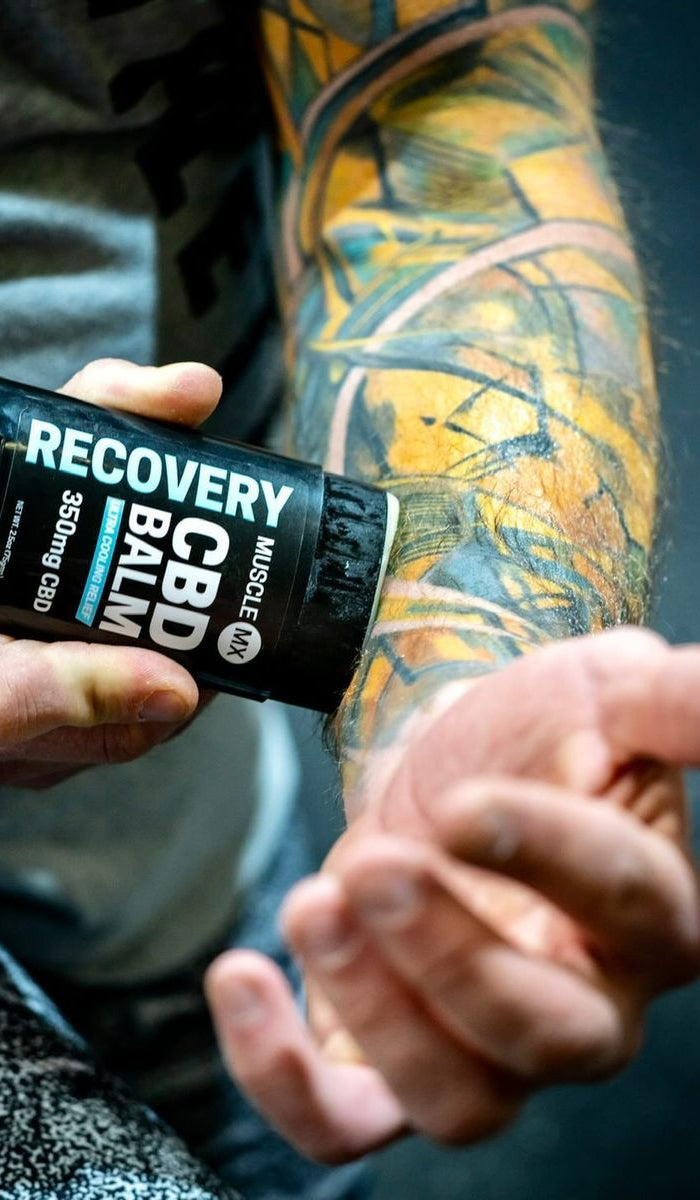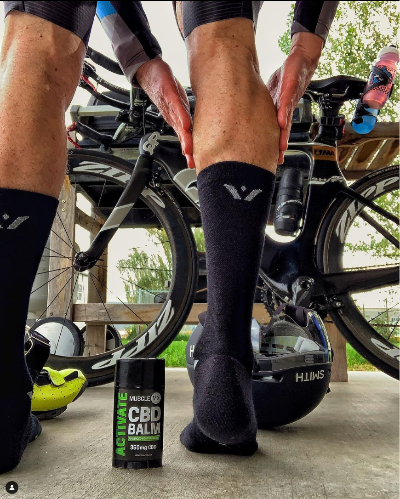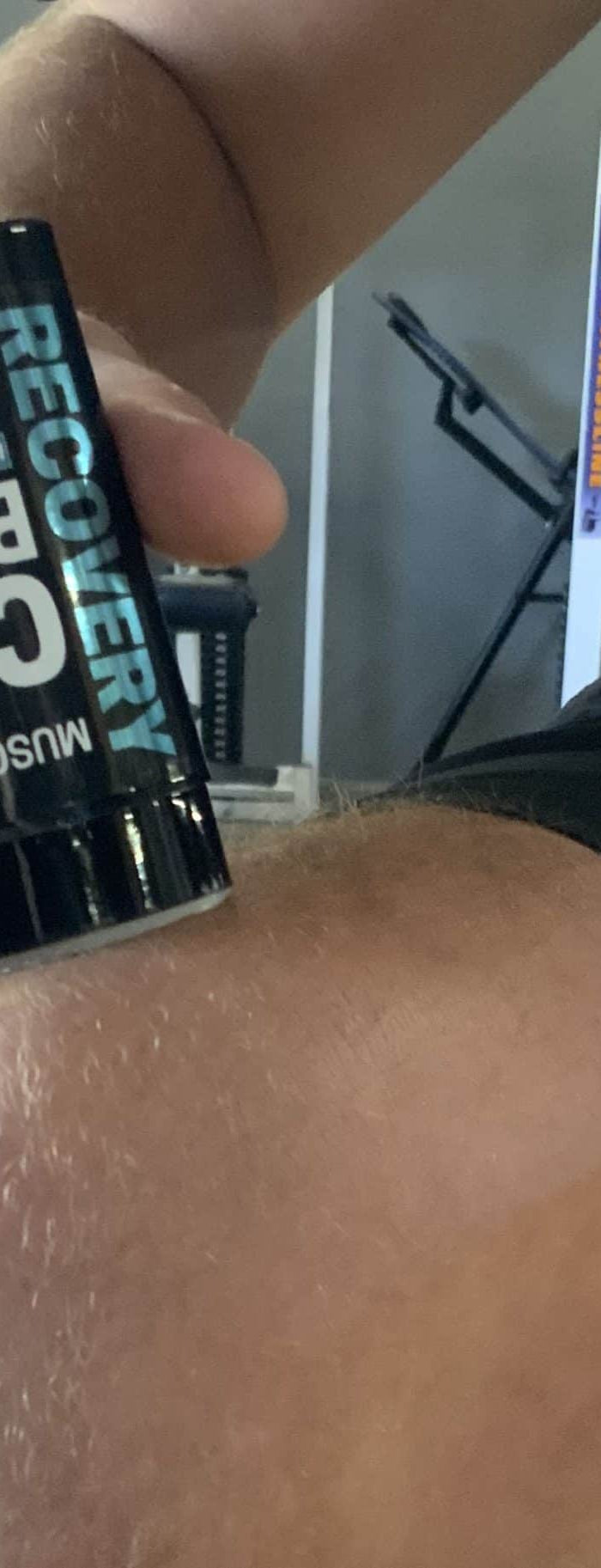How to Relieve Knee Pain at Home: Simple Techniques That Actually Work
Key Takeaways
These proven home techniques can effectively manage knee pain and improve joint health without requiring medical intervention:
• Apply the RICE method (Rest, Ice, Compression, Elevation) for 24-48 hours after minor knee injuries to reduce inflammation and support healing.
• Perform daily gentle stretches and strengthening exercises like half squats and straight leg raises to build supporting muscles around the knee joint.
• Choose proper footwear with cushioned insoles and avoid high heels, as being 10 pounds overweight increases knee force by 30-60 pounds per step.
• Use over-the-counter NSAIDs or topical gels like diclofenac for pain relief, while exploring natural options like CBD balm for anti-inflammatory benefits.
• Seek medical attention immediately if you cannot bear weight, experience severe swelling, or have pain persisting beyond 3 days despite home treatment.
Consistent implementation of these strategies can significantly reduce knee discomfort and help you maintain an active lifestyle. Remember that even modest weight loss can cut osteoarthritis risk by 50%, making lifestyle adjustments crucial for long-term joint health.
Introduction
Knee pain — it's a discomfort that can turn even the simplest activities like climbing stairs or walking into real challenges. Whether you're dealing with a sudden twinge or that persistent ache that just won't go away, finding relief doesn't always mean heading straight to the doctor's office.
Your knee is actually the largest joint in your body, absorbing and supporting much of your weight every time you move. This makes it particularly vulnerable to various types of discomfort, with osteoarthritis being the most common culprit. The good news? There are several proven home techniques that can provide significant comfort right where you are.
From the trusted RICE method — that's Rest, Ice, Compression, and Elevation — for minor injuries to exploring natural relief options, there are practical solutions worth trying. What works best for your knee pain often depends on what's causing it in the first place. While some conditions may need medical imaging like X-rays or MRIs, many knee issues respond well to treatment you can do at home. Physical therapy exercises, supportive bracing, and various relief methods are all effective approaches you can try yourself.
Let's explore simple yet effective techniques that actually work to ease knee discomfort, strengthen the muscles that support your joint, and help you get back to your daily activities with less pain.
Understanding Knee Pain at Home
Knee discomfort affects one in four adults in the United States and can significantly impact daily activities. Before you start trying different remedies at home, it's important to understand what might be causing your pain and whether self-care is the right approach for your situation.
Common causes of knee pain
Overuse stands out as one of the most frequent sources of knee discomfort. "One of the more common knee pains that we'll see is called patellofemoral pain, which is related to repetitive use," notes Dr. Nicholas Sgrignoli, a sports medicine physician. This type of pain typically shows up under the kneecap during activities like running, jumping, or squatting.
Osteoarthritis is another major player, especially as we get older. Unlike those sudden injuries that happen all at once, osteoarthritis develops slowly over time and creates ongoing discomfort. Meniscus tears are also common, usually happening when the knee twists with force, affecting that wedge-shaped cartilage that helps keep your joint stable.
Other causes you might encounter include:
- Sprains or strains to ligaments
- Tendonitis (irritation from repeated pressure)
- Bursitis (swelling in those small fluid-filled cushions)
- Iliotibial band syndrome
When home treatment makes sense
Home remedies work well for mild to moderate knee pain that comes on gradually or follows minor injuries. Medical experts say if your knee pain is getting better with the care you're giving it at home, that's actually a good sign your knee is healing as it should.
Self-treatment tends to be most effective for overuse injuries, minor strains, and early arthritis symptoms. Home care is usually appropriate when you can still walk normally, don't have much swelling, and the pain isn't getting in the way of your daily routine.
Signs you may need medical help
Even though home treatments can be quite effective, some symptoms definitely call for professional attention. You should seek medical care right away if you:
- Cannot put weight on your knee
- Have severe pain even when you're not standing
- Notice significant swelling, redness, or warmth around the joint
- Feel your knee giving way, clicking, or getting stuck
- Develop a fever along with knee symptoms
- Experience pain that continues for more than 3 days despite your home treatment efforts
"You should see a doctor if you're having persistent knee pain that's affecting your function or your ability to exercise, or if you're unable to manage the pain," explains Dr. Sgrignoli. Remember, any knee injury that causes sudden swelling needs to be evaluated to rule out serious damage to ligaments or cartilage.
Simple Home Remedies That Work
Finding relief from knee discomfort doesn't have to be complicated. There are several proven techniques you can try right at home that can provide real comfort without requiring a trip to the doctor.
Using the RICE Method Effectively
The RICE method stands as one of the most trusted approaches for knee pain, especially when you're dealing with minor injuries or that achy feeling after overdoing it. This four-step process helps reduce swelling and supports your body's natural healing:
- Rest your knee to give it time to recover. Try to limit activities that put weight on your knee for about 48-72 hours after the discomfort starts.
- Ice the area for 15-20 minutes every few hours during the first day or two. Remember to wrap that ice pack in a towel — you don't want it directly on your skin.
- Compression means wrapping your knee with an elastic bandage. You want it snug but not so tight that your leg starts feeling numb or tingly.
- Elevation keeps your knee raised above your heart when you're sitting or lying down. This helps fluid drain away from the area and can reduce swelling.
Over-the-Counter Relief Options
Anti-inflammatory medications like ibuprofen (Advil, Motrin) and naproxen (Aleve) can help manage knee pain by calming down the inflammation. Keep in mind that these medications can sometimes upset your stomach or cause other issues if you use them for extended periods.
Topical gels offer another option with fewer side effects. Muscle MX Activate and Recovery which you can find over-the-counter, works well for arthritis-related knee pain. Follow the package directions — typically you'll apply it 2-4 times daily.
Heat therapy can also provide relief, particularly for chronic stiffness. Apply heat for up to 20 minutes to help relax tight muscles around your knee.
CBD and Natural Relief Options
CBD products have become increasingly popular as a natural approach to joint discomfort. While research is still developing, some studies suggest CBD may have anti-inflammatory properties that could help with knee pain.
A recent pilot study found that topical CBD (10mg applied twice daily) led to significant improvements in self-reported pain levels among athletes. The CBD in topical products works with cannabinoid receptors in and around your joints, potentially offering natural support right where you need it most.
Just like with thumb pain, because cannabinoid receptors exist around the knee joint, applying CBD balms directly to the area can help target the source of discomfort. Gentle massage with natural oils can also improve blood flow and reduce muscle tension in the area surrounding your knee joint.
Understanding these relief options gives you practical tools to manage knee discomfort at home. The key is finding what works best for your specific situation.
Knee Pain Relief Exercises You Can Do Daily
Movement might seem like the last thing you want to do when your knee is bothering you, but staying active is actually one of the best things you can do for joint health. The truth is, immobility can make stiffness and discomfort even worse. Simple daily movements can strengthen the muscles that support your knee and keep the joint flexible.
Gentle stretches to improve flexibility
Keeping the muscles around your knee supple is essential for maintaining good range of motion. The quadriceps stretch targets the front of your thigh — stand on one leg, bend the other knee, grab your ankle, and gently pull your heel toward your buttocks, holding for 30 seconds. For your hamstrings, try the supine hamstring stretch by lying on your back, lifting one leg, clasping behind your thigh, and gently straightening your leg. Don't forget your calf muscles — stand facing a wall, extend one leg back with your heel flat, and lean forward.
Strengthening exercises for knee support
Building strength in your leg muscles provides crucial support to your knee joint. Half squats work your quadriceps effectively without putting too much strain on your knees — stand with your feet shoulder-width apart, slowly lower about 10 inches as if you're sitting in a chair, hold for 5 seconds, then rise back up. Straight leg raises are another great option for strengthening your quadriceps — lie down, contract one thigh muscle, and slowly lift your straightened leg. Hamstring curls can help too — hold a chair for balance and bend one knee to raise your heel toward your buttocks.
Low-impact cardio options like swimming or cycling
Water exercises are particularly beneficial because the buoyancy reduces stress on your joints while still providing resistance. Swimming or water walking for just 10-15 minutes daily can enhance circulation without putting impact on your joints. Cycling is another excellent choice — maintaining proper cadence in lower gears helps reduce knee strain. Make sure to adjust your bike position so the saddle is high enough to prevent deep knee flexion. Remember, even 150 minutes weekly of moderate-intensity activity can significantly improve your knee health.
These exercises don't have to be complicated or time-consuming. Start slowly and listen to your body as you build strength and flexibility around your knee joint.
Lifestyle Adjustments for Long-Term Relief
Managing knee pain effectively means making sustainable changes that support your joints day after day. These adjustments can make a real difference in how your knees feel and function over time.
Choosing the right footwear
The shoes you wear can significantly impact how your knees feel. Proper footwear changes how forces travel through your legs, and this matters more than you might think. Look for cushioned insoles that help absorb shock and take some pressure off your knees. High heels, on the other hand, should be avoided when possible — they shift your body weight forward, which can increase pressure on your knee joints by 30-60%.
For your everyday shoes, focus on finding options with good support, a roomy toe box, and flexibility at the ball of the foot. Stability sneakers are particularly helpful because they take weight off the ball of the foot, which can be beneficial for those dealing with hip, knee, or ankle osteoarthritis.
Weight management and its impact on knees
Here's something that might surprise you: being just 10 pounds overweight increases force on the knee by 30-60 pounds with every step you take. The numbers are even more striking when you look at osteoarthritis risk — overweight women have nearly 4 times the risk of knee OA, while for men, it's 5 times greater.
The good news is that even modest weight loss can help. Losing just 10% of your body weight can reduce strain on your knees and decrease pain. Even better, for every 11-pound weight loss, the risk of knee OA drops by more than 50%.
Avoiding high-impact activities
When your knees are already bothering you, certain activities can make things worse. High-impact exercises can further injure painful knees. Skip activities that involve repetitive pounding, like running, jumping, or kickboxing. You'll also want to avoid lunges and deep squats that put excessive stress on your knee joints.
Remember, staying active is still important — just choose gentler alternatives. Swimming and cycling are excellent options that help you maintain fitness without risking further damage to your knees.
Final Thoughts
Managing knee pain doesn't have to feel overwhelming or limit what you can do each day. You now have a toolkit of proven strategies that work right at home — from the reliable RICE method for those unexpected injuries to gentle exercises that support your joints long-term. Natural options like CBD balm offer another path for those exploring alternative approaches to joint comfort.
The exercises we've covered aren't just about temporary relief. Simple stretches and strengthening movements protect your knee by building up the muscles that support it. Activities like swimming and cycling keep you moving without putting extra stress on already tender joints.
Remember, the small changes often make the biggest difference over time. Your choice in shoes, maintaining a healthy weight, and being mindful about high-impact activities all play important roles in how your knees feel day to day. Even losing just a modest amount of weight can significantly reduce your risk of developing more serious joint issues.
Listen to what your body is telling you. While these home techniques work well for many common knee concerns, there are times when professional help is the right choice. Severe symptoms or pain that just won't improve deserve medical attention.
Understanding what causes knee discomfort is the first step toward finding relief that works for you. With the right approach and consistency, you can take control of your knee health and get back to the activities that matter most to you. Your wellness journey is uniquely yours, and these tools are here to support you every step of the way.
FAQ's About Knee Pain Relief
Q: What are some quick ways to alleviate knee pain at home?
A: The RICE method (Rest, Ice, Compression, Elevation) is an effective immediate response for minor knee injuries. Over-the-counter NSAIDs or topical gels can provide quick relief. For longer-term management, gentle stretches and strengthening exercises can help reduce pain and improve knee function.
Q: How does excess weight affect knee health?
A: Being overweight significantly impacts knee health. Every extra 10 pounds of body weight increases the force on the knee by 30-60 pounds with each step. Losing even 10% of body weight can reduce strain on knees and decrease pain. For every 11-pound weight loss, the risk of knee osteoarthritis drops by more than 50%.
Q: What types of exercises are beneficial for knee pain relief?
A: Low-impact exercises like swimming and cycling are excellent for maintaining fitness without risking further knee damage. Gentle stretches to improve flexibility and strengthening exercises such as half squats and straight leg raises can help build supporting muscles around the knee joint. Aim for about 150 minutes of moderate-intensity activity weekly to improve knee health.
Q: When should I seek medical attention for knee pain? A: You should consult a doctor if you cannot bear weight on your knee, experience severe pain even when not standing, notice significant swelling or redness, feel your knee buckling or locking abnormally, develop a fever alongside knee symptoms, or have pain that persists for more than 3 days despite home treatment.
Q: How important is footwear in managing knee pain?
A: Proper footwear plays a crucial role in knee health. Look for shoes with cushioned insoles to absorb shock and reduce stress on your knees. Avoid high heels as they increase knee joint pressure by 30-60%. Choose shoes with adequate support, a roomy toe box, and flexibility at the ball of the foot. Stability sneakers can be particularly beneficial for those with hip, knee, or ankle osteoarthritis.
References
https://my.clevelandclinic.org/health/symptoms/21207-knee-pain
https://www.webmd.com/pain-management/knee-pain/knee-pain-dos-and-donts
https://www.mayoclinic.org/diseases-conditions/knee-pain/diagnosis-treatment/drc-20350855
https://www.pennmedicine.org/specialties/orthopedics/knee-pain/nonsurgical-treatments
https://www.orlandoortho.com/is-your-knee-pain-serious-10-signs-you-shouldnt-ignore/
https://www.hss.edu/health-library/move-better/when-to-see-doctor-for-knee-pain
https://www.stoneclinic.com/knee-self-diagnosis
